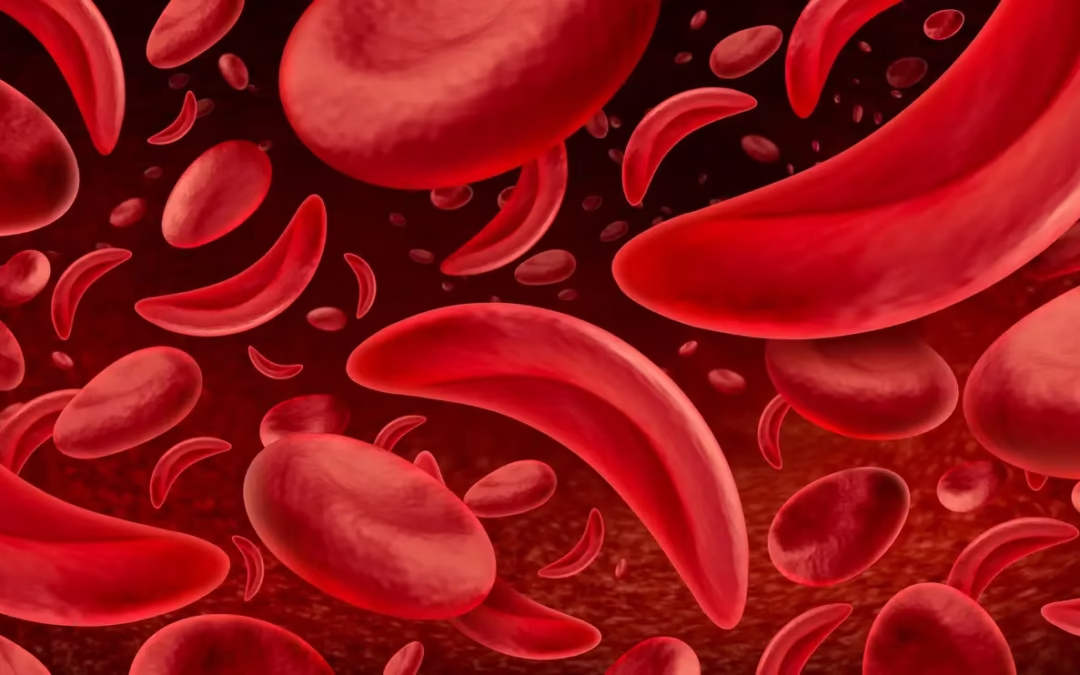Non-Hodgkin’s lymphoma (NHL) is a type of cancer that affects the lymphatic system, a fundamental part of the immune system responsible for fighting infections and diseases. Although it is often confused with Hodgkin’s lymphoma, it is a different condition, with its own characteristics in terms of progression, symptoms, and treatment. Understanding these differences is essential to ensure the correct diagnosis and the choice of the most appropriate therapy.
What is Non-Hodgkin’s Lymphoma?
Non-Hodgkin’s lymphoma encompasses a group of different subtypes of blood cancers, which develop from cells of the lymphatic system—mainly B lymphocytes and T lymphocytes. Unlike Hodgkin’s lymphoma, NHL does not present Reed-Sternberg cells, which are a distinctive and exclusive marker of Hodgkin’s lymphoma.
Causes and Risk Factors
The exact cause of non-Hodgkin’s lymphoma is not fully known, but some factors increase the risk of developing the disease:
Advanced age: more common after age 60.
Weakened immune system: people with HIV, transplant recipients, or those using immunosuppressive drugs.
Chronic infections: such as Epstein-Barr virus, HTLV-1, or Helicobacter pylori.
Exposure to chemical substances: pesticides and solvents may contribute.
Family history: although less common, there may be a genetic predisposition.
Symptoms of Non-Hodgkin’s Lymphoma
Symptoms may vary depending on the subtype and stage of the disease, but the most frequent include:
Painless swollen lymph nodes (in the neck, armpits, or groin).
Persistent fever with no apparent cause.
Excessive night sweats.
Unintentional weight loss.
Intense fatigue.
Generalized itching.
Shortness of breath or chest pain (when enlarged lymph nodes are in the chest area).
Differences Between Hodgkin’s and Non-Hodgkin’s Lymphoma
The main difference lies in the type of cancer cell:
Hodgkin’s lymphoma: presence of Reed-Sternberg cells, easily identified under a microscope.
Non-Hodgkin’s lymphoma: absence of these cells, encompassing dozens of different subtypes with more variable progression.
In addition:
NHL is more common than Hodgkin’s lymphoma.
Prognosis varies greatly in NHL, as there are indolent forms (slow-growing) and aggressive forms (rapidly progressing).
Treatment differs according to the subtype and aggressiveness of the lymphoma, while Hodgkin’s has more standardized protocols.
These distinctions are crucial, as they directly impact medical decisions and follow-up.
Diagnosis
The diagnosis of non-Hodgkin’s lymphoma is made through:
Physical examination and clinical history.
Lymph node biopsy, essential for microscopic analysis.
Imaging tests (CT scan, PET-CT) to assess disease extent.
Laboratory tests, including blood and bone marrow.
Treatment of Non-Hodgkin’s Lymphoma
Treatment depends on the subtype and stage of the disease and may include:
Chemotherapy: the most common treatment, used alone or in combination.
Immunotherapy: such as monoclonal antibodies (rituximab).
Radiotherapy: in localized cases.
Targeted and biological therapy: act on specific mechanisms of cancer cells.
Bone marrow transplant: in cases of relapse or aggressive disease.
Medical follow-up is continuous, as some indolent subtypes may only require monitoring, while others demand immediate treatment.
Impact on the Patient’s Life
The diagnosis of NHL can cause fear and anxiety. Symptoms such as fatigue and weight loss affect quality of life, and treatment may bring side effects such as hair loss, nausea, and low immunity. Psychological and family support is essential in coping with the disease.
Scientific Advances and Insights
New cellular therapies, such as CAR-T cell therapy, have shown promising results in the treatment of aggressive lymphomas.
The combined use of immunotherapy with chemotherapy has been increasing survival rates in various subtypes.
It is estimated that non-Hodgkin’s lymphoma accounts for about 4% of all cancers worldwide, being one of the most prevalent hematologic tumors.
Conclusion
Non-Hodgkin’s lymphoma is a complex and diverse cancer that requires accurate diagnosis and individualized treatment. Differentiating it from Hodgkin’s lymphoma is essential, since despite some similarities, they are distinct diseases. Scientific advances bring hope for increasingly effective therapies, reinforcing the importance of information and medical follow-up.



